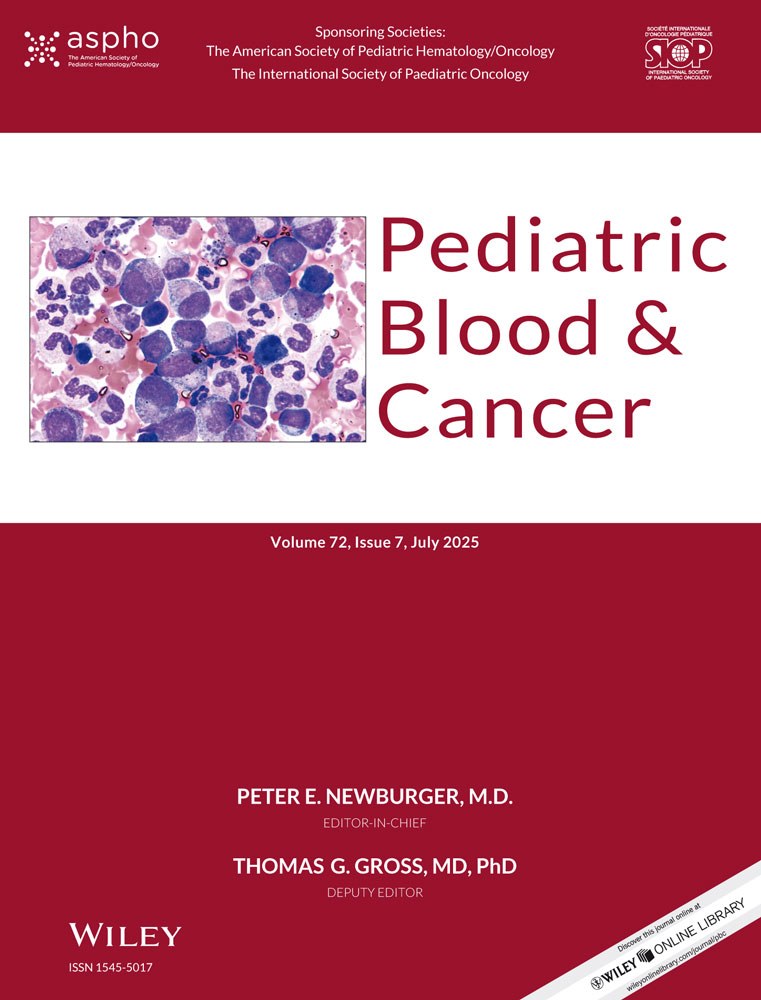Relationship Between Total Parenteral Nutrition, Ventilation, and Hepatoblastoma: A Study of 258,929 Neonatal Intensive Care Unit Admissions
Funding: This research did not receive any specific grant from funding agencies in the public, commercial, or not-for-profit sectors.
ABSTRACT
Introduction
Gestational age, low birth weight, and overgrowth syndromes are associated with the diagnosis of hepatoblastoma. Previous studies have come to mixed conclusions regarding the contribution of other neonatal intensive care unit (NICU) exposures to hepatoblastoma development. We hypothesized that total parenteral nutrition (TPN) and mechanical ventilation during index NICU admission would correlate with the development of hepatoblastoma.
Methods
The Pediatric Health Information System (PHIS) was queried for all infants admitted to the NICU with birthdates between 2016 and 2022. From this set, patients subsequently admitted to a PHIS hospital between 2016 and 2023 with a diagnosis code for hepatoblastoma were identified. Billing information was used to calculate the number of days of TPN and mechanical ventilation exposure during NICU hospitalization.
Results
A total of 258,929 patients were included, with 51 patients diagnosed with hepatoblastoma. Patients with any duration of TPN (OR = 8.51, 95% CI 4.00–18.09) or mechanical ventilation (OR = 8.21, 95% CI 4.30–15.69) developed hepatoblastoma more frequently. Matched conditional logistic regression, on gestational age and birth weight, showed a significant increase in hepatoblastoma for each additional 10 days of TPN (OR = 1.25, 95% CI 1.06–1.50) and mechanical ventilation (OR = 1.21, 95% CI 1.06–1.39).
Discussion
Leveraging the magnitude of the PHIS, we were able to demonstrate a significant relationship between the duration of exposure to both TPN and mechanical ventilation and the later diagnosis of hepatoblastoma. Although the PHIS lacks granularity in reporting clinical characteristics (e.g., mode and concentration of oxygen delivery and composition of TPN) of these common NICU interventions, future investigations should be directed at the role they may play in hepatoblastoma oncogenesis.
Conflicts of Interest
The authors declare no conflicts of interest.
Open Research
Data Availability Statement
The data that support the findings of this study are available from the Pediatric Health Information System. Restrictions apply to the availability of these data, which were used under license for this study. Data are available from the author(s) with the permission of the Pediatric Health Information System.




